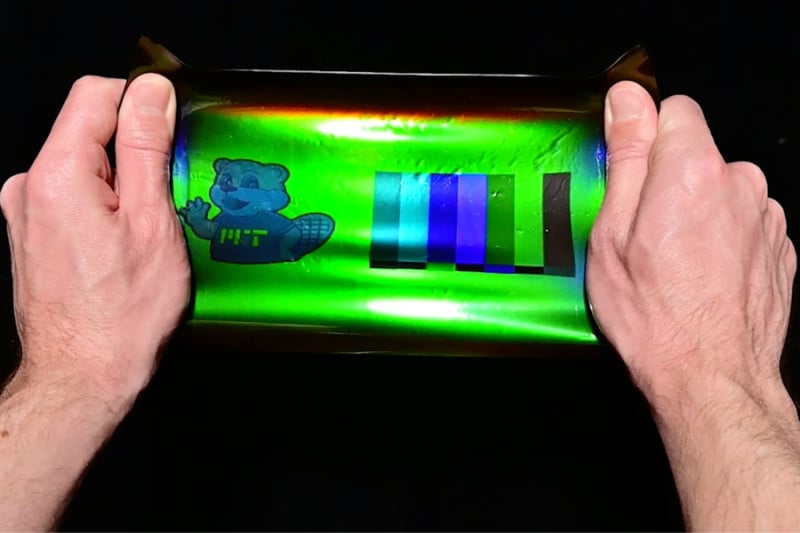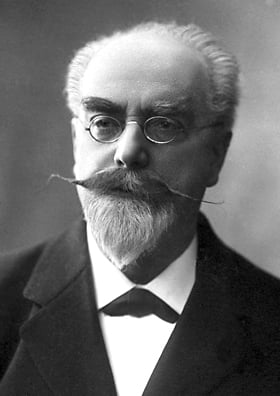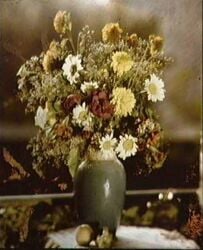MIT Use 19th-Century Photography Tech to Create ‘Chameleon’ Material
Engineers at the Massachusetts Institute of Technology (MIT) have repurposed a 19th-century photography technique to create an elastic material that changes color when it is stretched.
The team there says they have developed a scalable manufacturing technique that gives materials “structural color.” The technology could be used on pressure-monitoring bandages, shade-shifting fabrics, or touch-sensing robots.

Scientists at MIT drew on Gabriel Lippman’s work, who is credited with the first color photograph ever created in 1886. Lippman’s technique utilized holography and photography.
He generated color photos by setting a very thin transparent emulsion in front of a mirror which was then exposed to a beam of light that the mirror reflected back through the emulsion. The interference of the incoming and outgoing light waves stimulated the emulsion’s grains to reconfigure their position and reflect the pattern and wavelength of the exposing light.

This technique created structurally colored images of flowers and other scenes onto the emulsions. However, the process involved hand-crafting the emulsions and waiting for days for the material to be sufficiently exposed to light. Because of the laborious nature, the technique did not take off. Although Lippman did win a Nobel Prize for his work.

Over 130 years later and MIT researcher Benjamin Miller stumbled upon a holography exhibit at the MIT museum.
“I realized what they do in holography is kind of the same thing that nature does with structural color,” Miller tells MIT News.
The visit led him to research the history of holography and subsequently discovered Franco-Luxembourgish physicist Lippman.
Holography has moved on a long way since the 1880s and Miller wondered whether he could produce large-scale, structurally colored materials from modern-day holographic materials. Just like Lippmann’s emulsions, today’s holographic matter consist of light-sensitive molecules that can cross-link to form colored mirrors when exposed to incoming photons.
The team adhered elastic, transparent holographic film and projected images onto it. Rather than taking days, the film produced large, detailed images within several minutes, reproducing vivid colors from the original images.
The film could be then peeled away and as it was stretched, it changed color. Its nanoscale structures reconfigure to reflect slightly different wavelengths, causing it to appear red and then blue as it is pushed and pulled.
Real-World Uses
The color-changing material is easily integrated into textiles, but could also be used in bandages. For example, when wrapping a bandage around an injured arm the color could indicate the correct tightness.
Image credits: All photos courtesy of MIT.